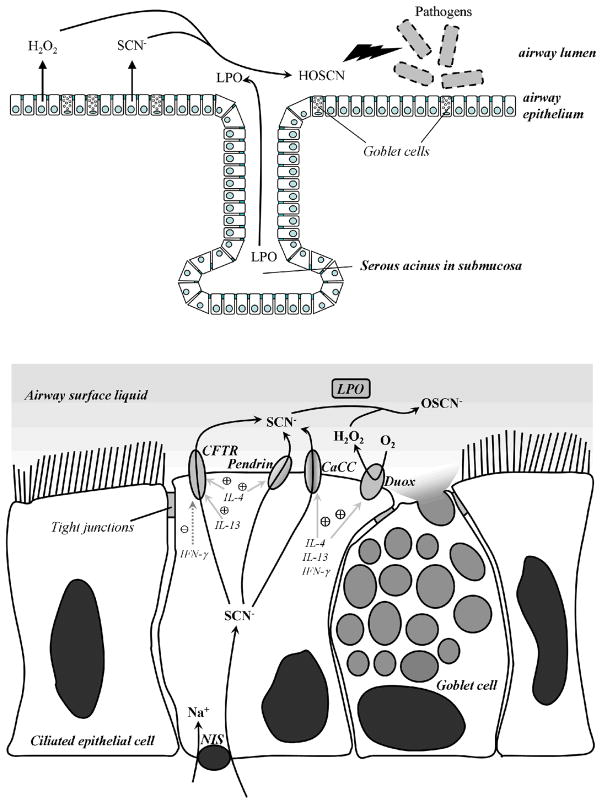Figure 5. The Duox/Lactoperoxidase/Thiocyanate antimicrobial system in human airways.
Microbicidal hypothiocyanite anions (OSCN-) are formed in the airway surface liquid (ASL) by lactoperoxidase (LPO) through hydrogen peroxide-mediated oxidation of thiocyanate (SCN-). Lactoperoxidase is produced in serous acini of submucosal glands of the airways and transported into the ASL. Dual oxidases (Duox) are localized to the apical plasma membrane of airway epithelial cells, releasing hydrogen peroxide into the ASL, thereby providing the most labile component of the H2O2/LPO/SCN system. The sodium/iodide symporter (NIS) transports thiocyanate into the epithelial cells, while at least three different transporters can deliver thiocyanate into the ASL: calcium-dependent chloride channels (CaCC), pendrin, and the cystic fibrosis conductance regulator (CFTR). Under inflammatory conditions Th1 (IFN-γ) and Th2 (IL-4, IL-13) cytokines induce higher expression of the transporters and Duox. Goblet cells found in the airway epithelium produce and secrete mucin, the major component of mucus.

